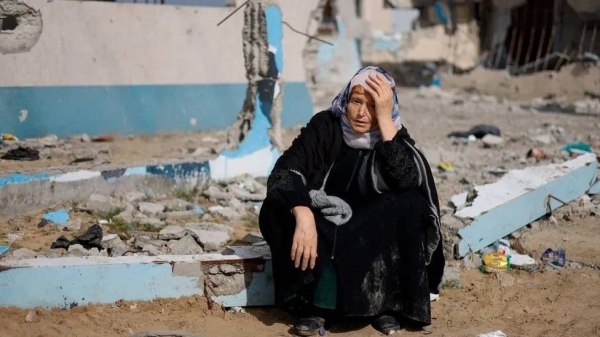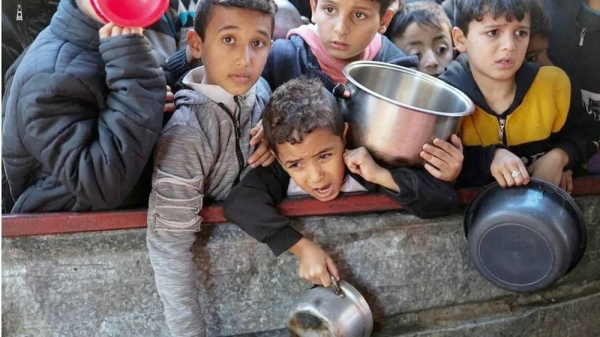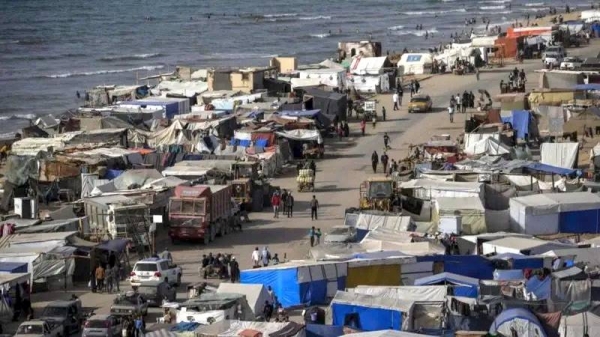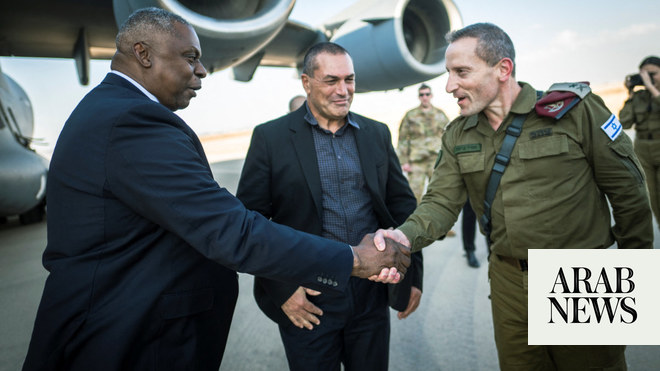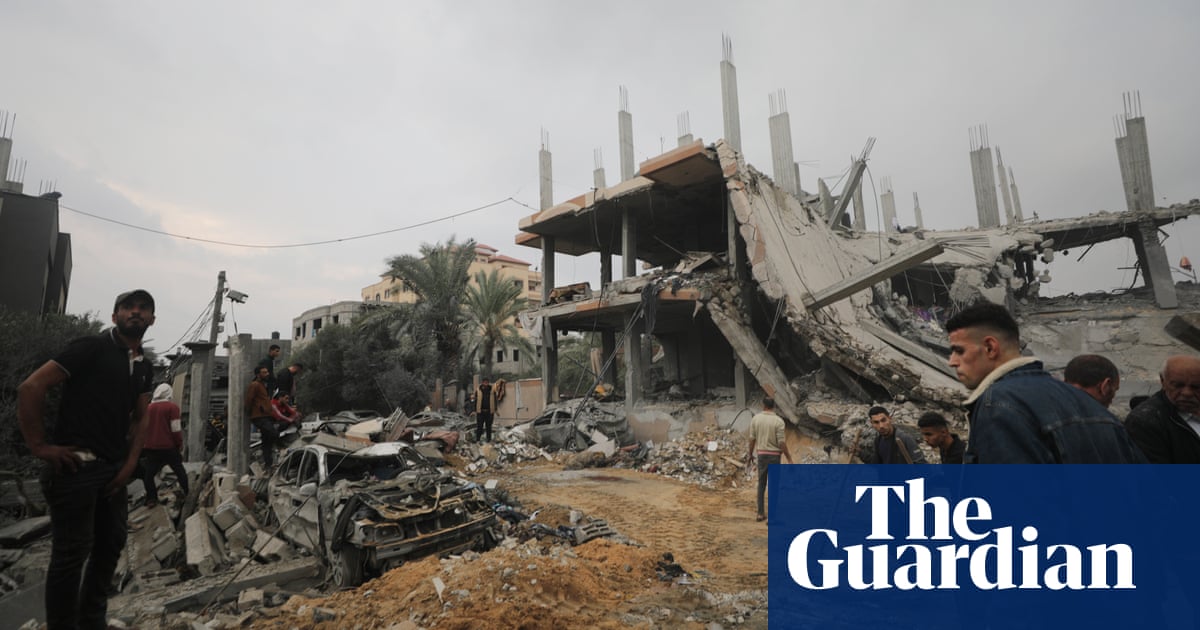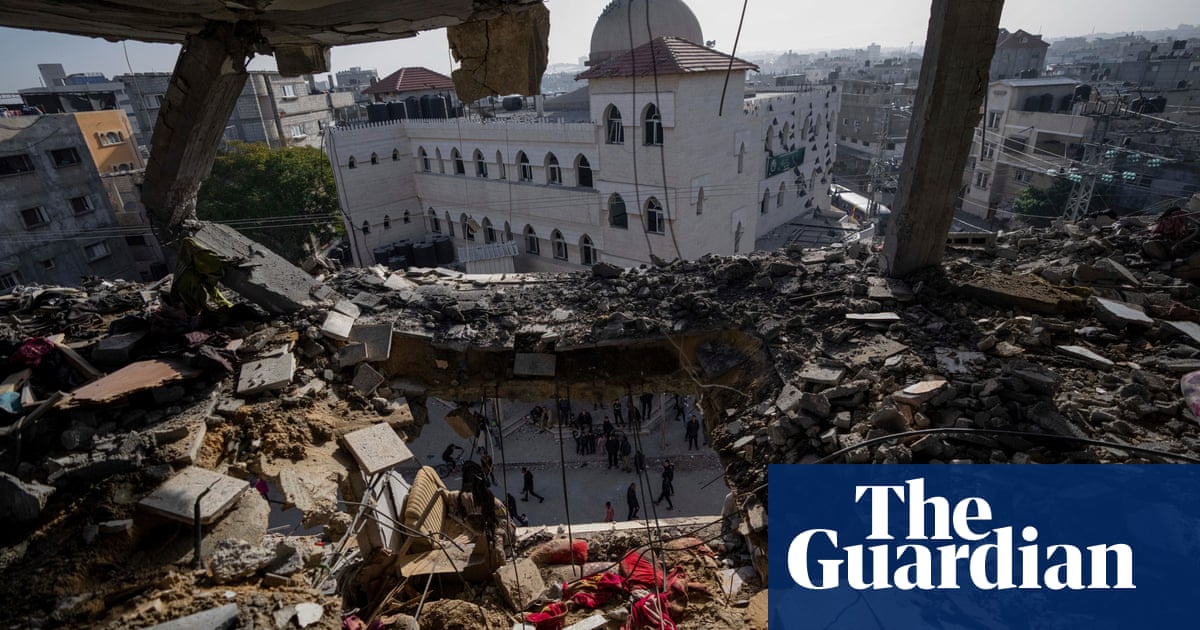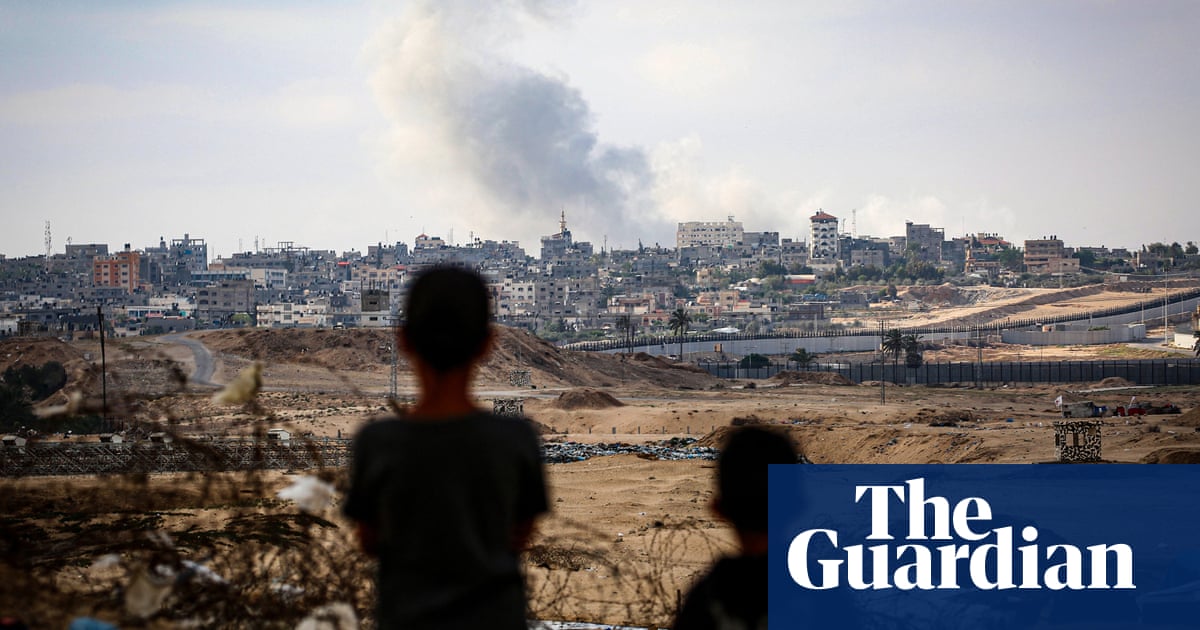
Israeli troops have continued their offensives across Gaza, deploying tank fire, artillery bombardment and airstrikes against Hamas militants in the most intensive round of fighting for weeks.
In the far south of the devastated territory on Monday, witnesses reported helicopter strikes and street battles in Rafah as the Israel Defense Forces (IDF) consolidated their hold on neighbourhoods east of the strategic Salah al-Din road, which bisects the city.
In the north, the IDF advanced into Jabaliya and Beit Lahiya, both areas in which fierce battles were fought early in the seven-month war.
Officials estimate that as many as 500,000 people have fled Rafah since being told to evacuate by the IDF before their first attacks around and in the city a week ago. Roads heading north and west are choked with cars, trucks, trolleys and pony carts laden with people and their possessions.
The fighting has forced many big aid organisations to shut down or reduce their operations across Gaza, amid increasingly acute shortages of fuel, food and clean water. The risks to aid workers in Gaza were again made clear when a UN vehicle was hit on its way to a hospital on Gaza.
Attending a ceremony in Jerusalem on Monday to mark Israel’s fallen soldiers, Benjamin Netanyahu, the Israeli prime minister, said the war against Hamas was an existential struggle.
“It’s us or them – Israel or the monsters of Hamas. It’s existence, freedom, security and prosperity, or annihilation, massacre, rape and enslavement. We are determined to win this fight. We are exacting and will continue to exact a heavy price from the enemy for their criminal actions,” Netanyahu said.
Israel has described its latest return to the north, from where it pulled out most of its troops five months ago, as part of a “mopping-up” stage of the war to prevent fighters from returning, and said such operations had always been part of its plan.
But analysts said the new clashes underlined the failure of the IDF to secure much of Gaza, after a campaign that has brought massive destruction, the displacement of about 2 million people and the deaths of more than 35,000, according to Palestinian officials.
The war began when Hamas attacked southern Israel on 7 October last year, killing about 1,200 people, mostly civilians, and taking another 250 hostage. They still hold about 100 captives and the remains of more than 30. Internationally mediated talks to arrange a ceasefire and hostage release appear to be at a standstill.
In Jabaliya, residents fled their houses carrying bags of belongings through debris-strewn streets. Tank shells were landing in the centre of the refugee camp there and airstrikes had destroyed houses, they said.
“We don’t know where to go. We have been displaced from one place to the next … We are running in the streets. I saw it with my own eyes. I saw the tank and the bulldozer. It is on that street,” said one woman, who did not give her name.
Netanyahu has said Rafah is the last stronghold of Hamas, and that Israel can only achieve its war aims – defined as destroying the militant Islamist organisation – by killing militants and leaders in the city, ensuring there is no further threat to Israel from Gaza and returning hostages.
The Israeli offensive has caused massive damage to schools, homes, communication and power systems, roads and much else. Oxfam, the UK-based aid agency, has said the destruction of critical water and sanitation infrastructure by the Israeli forces along with severe overcrowding, malnutrition and summer heat is pushing Gaza to the brink of a deadly epidemic.
“The situation is desperate, with so many people in Gaza living in fear and being forced to endure inhumane and unsanitary conditions caused by sustained Israeli bombardment,” said Oxfam’s Middle East director, Sally Abi Khalil.
Al-Mawasi, in the “extended humanitarian zone” designated by Israel as a destination for those told to evacuate Rafah and elsewhere, is packed with tents and shelters but has limited sanitation, minimal water supplies and inadequate food, displaced people there have said.
Nasser Abu Shamala, 32, reached al-Mawasi from Rafah with his family last week. “There are none of the basic essentials for life, no water and only very scarce, very expensive food,” he said.
The crossing into Egypt at Rafah remains shut and fighting has made it very difficult to reach it from Kerem Shalom in Israel, previously a main supply route for aid convoys. Thirty-eight trucks of flour arrived through the Erez crossing, a second access point to northern Gaza, Abeer Etefa, a spokesperson for the UN’s World Food Programme (WFP) said on Monday. Israel had announced the opening of the crossing on Sunday.
Etefa said WFP was distributing food from its remaining stocks in the areas of Khan Younis and Deir al-Balah farther north. Inside Rafah, she said, only two organisations partnering with the WFP were still able to distribute food, and no bakeries were operating in the city.
“The majority of distributions have stopped due to the evacuation orders, displacement and running out of food,” Etefa said. “The situation is becoming increasingly unsustainable.”
Aid agencies and hospitals are also very short of fuel, forcing many to reduce or shut down services.
In Israel, the military sounded sirens several times in areas near Gaza, warning of potential Palestinian cross-border rocket and mortar launches. Hamas and the armed wing of Islamic Jihad said in a joint statement that they fired mortar bombs against Israeli forces massing at the Rafah crossing.
The assault on Rafah has strained the relationship between Israel and the US, its staunchest ally. Washington has repeatedly said Israel must not assault Rafah without a plan in place to protect civilians there, which it has yet to see.
Netanyahu has refused to discuss a government in Gaza to replace Hamas, which took power there 2007. Analysts say this has left a security vacuum that has allowed the return of the organisation to areas once cleared by Israeli forces.




